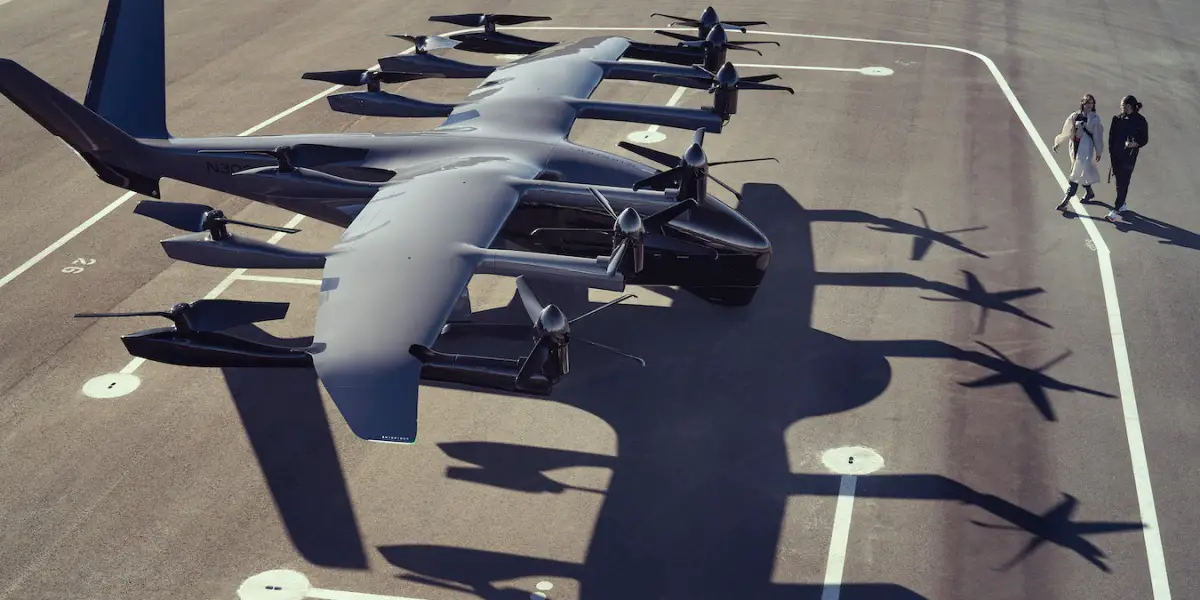So far, no eVTOLs have launched commercially, though several companies have announced plans to enter commercial service in 2025.
Right now, companies are testing prototypes and showing off what they can do—a company called Autoflight broke the world record for the longest eVTOL flight just last month. The aircraft covered just over 155 miles (250 kilometers)—about a mile longer than the previous record, held by Joby.
But despite impressive test flights, questions remain about how close we really are to seeing commercial eVTOLs hit the skies.
Getting regulatory approval could be a sticking point. Agencies in the US and EU both plan to classify eVTOLs as a special class of aircraft, meaning they’ll be subject to a different set of requirements from conventional aircraft. There’s still some uncertainty about how that whole process will go down, especially in the US.
Still, some companies are charging ahead. Archer began construction on a manufacturing facility in Georgia earlier this year, which could begin production as soon as 2024 and make up to 650 aircraft per year.
What would eVTOLs mean for climate?
Swapping out fossil-fuel-powered aircraft for electric ones could be a climate win.
When it comes to more conventional aircraft, an electric plane charged using an average grid could cut emissions by about 50% compared with a fossil-fuel-powered plane. If electric planes are instead charged using all renewables, emissions cuts jump to a maximum of 88%. Most of those remaining emissions come from battery production—because they’ll probably be flying and charging a lot, batteries might need replacing every year or so.
Source link











Leave a Reply